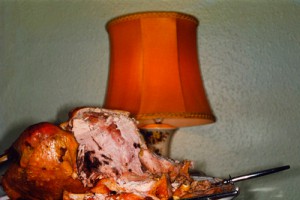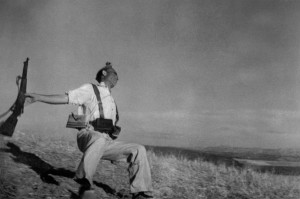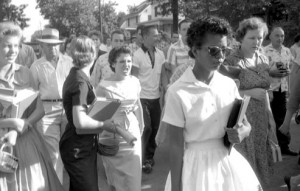Many cultures have their own food that they eat. People eat cultural food when they celebrate something.
When one wants to look or to lean about a culture, the first thing he/she does is to find out what kind of food they have or eat or even how they eat it. The image of people eating, or just images of food gives an idea of the culture. When one looks at photos of people eating, they can see the happiness and the joy in their eyes. If the food looks disgusting in the photo people would not order it or go to eat it. It is because of photos that different cultural food from different countries can be found in one city. There are certain kind of food that are originated from multiple places, but looking at their photos person can tell where they are originated from. From looking at a photo of food you could guess what culture it belongs to, even if you have never seen it before.
Here you can see some cultures with their food;
http://www.homelessnation.org/en/node/7412








